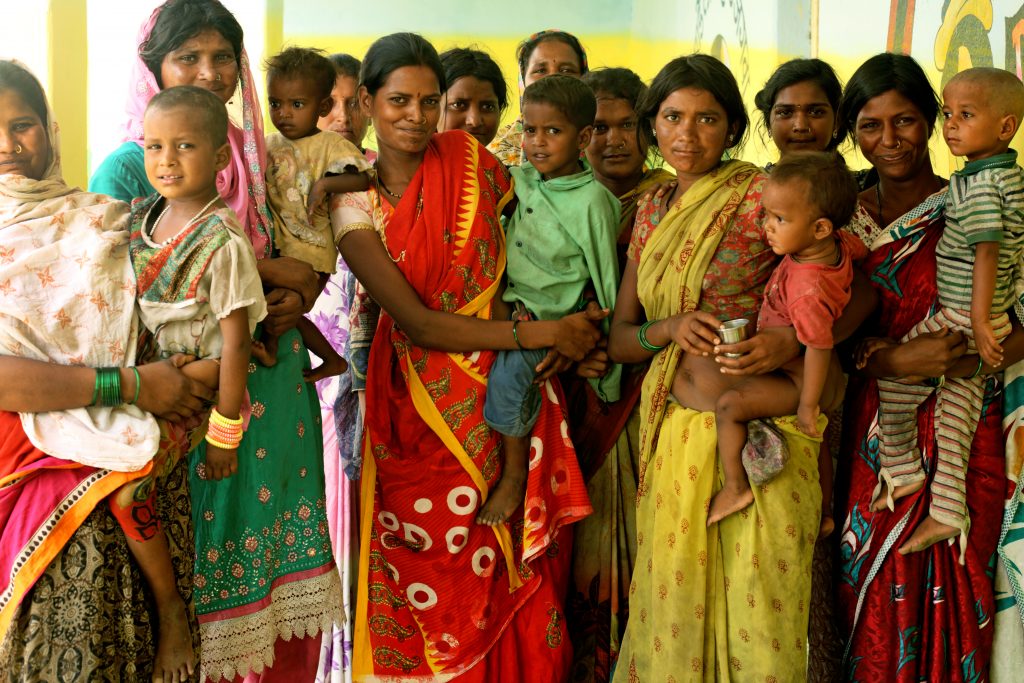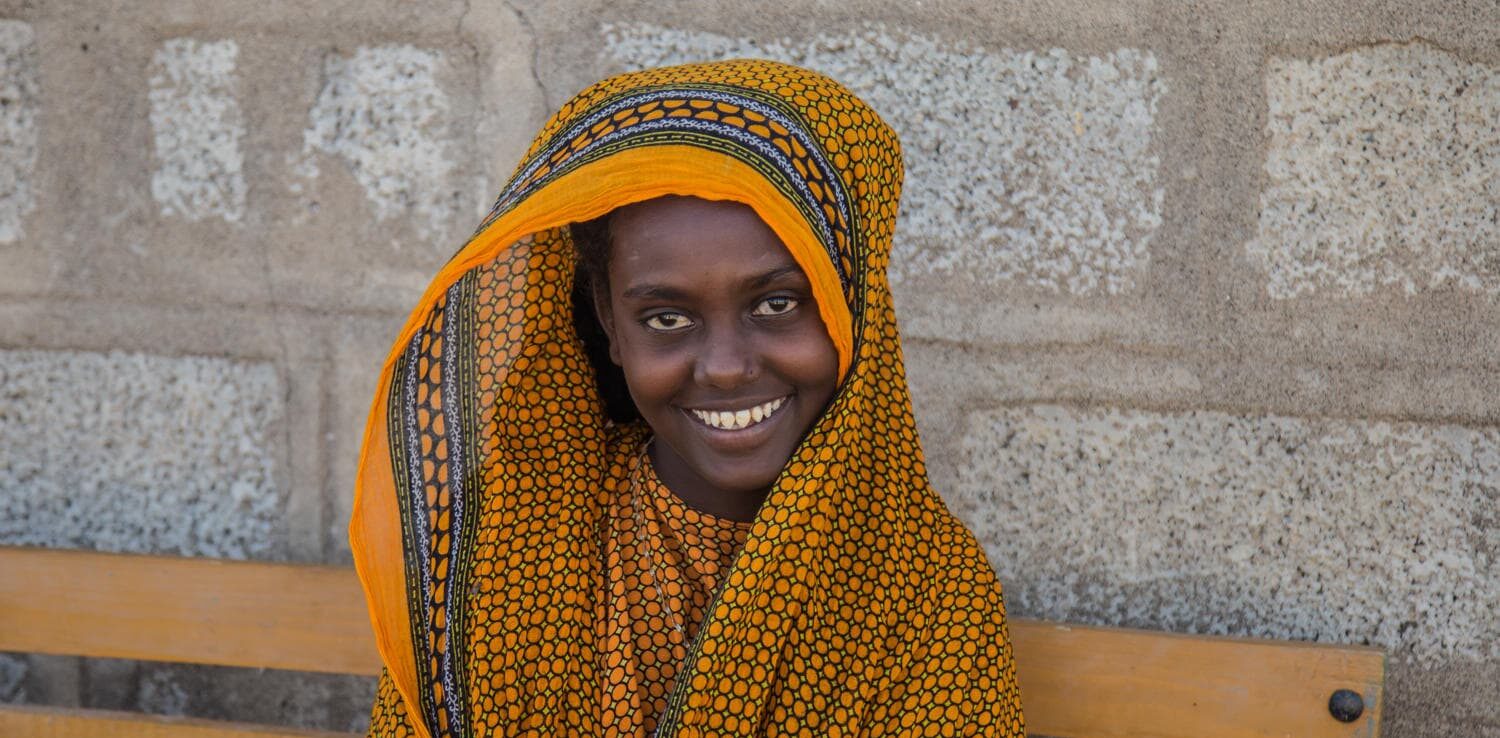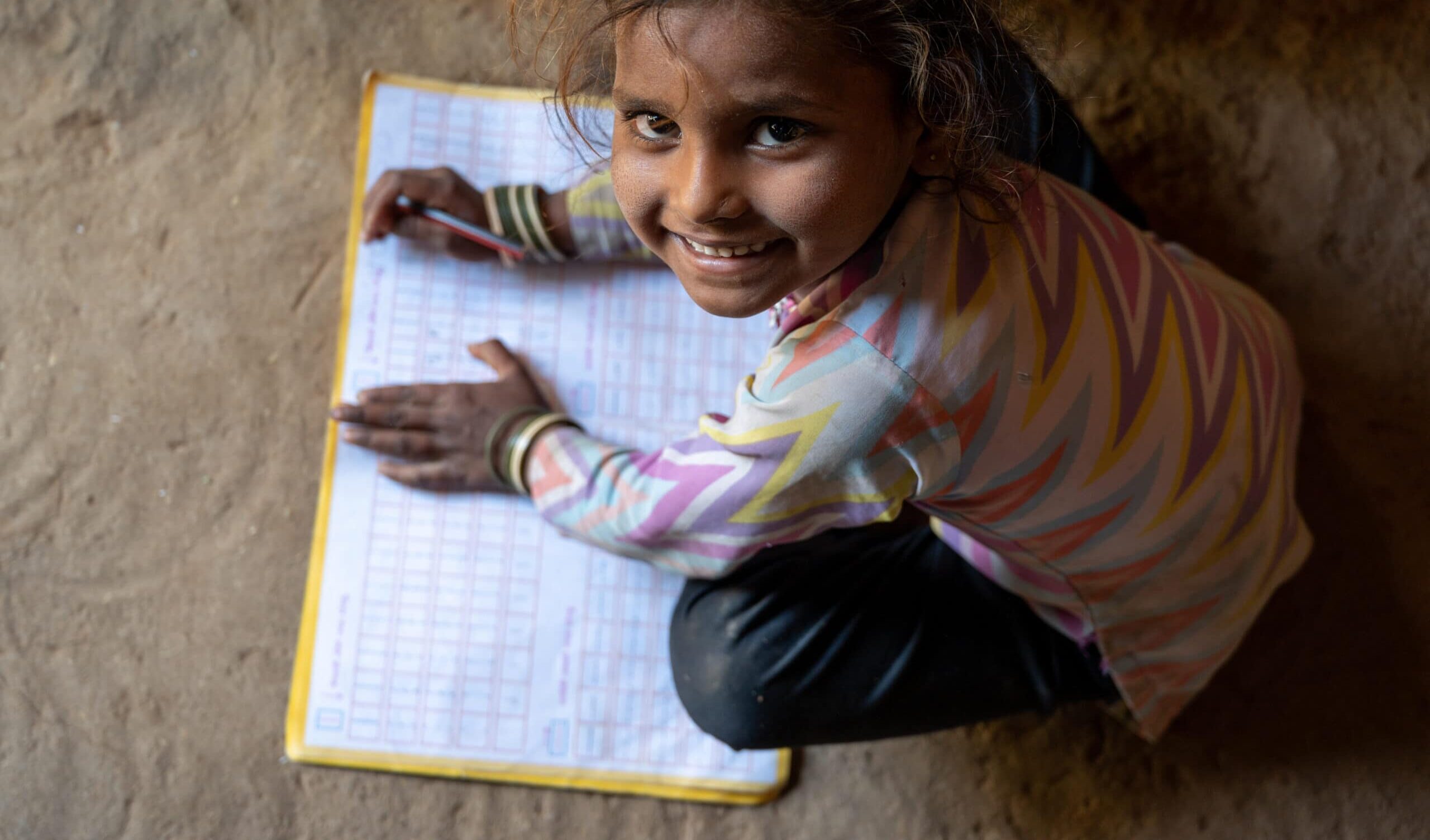
Overview
Gender data, and the gender statistics derived from them, are essential for assessing how effectively we are achieving equitable outcomes for boys and girls. Not only do they help us track progress, but they also identify gaps – telling us where more work and focus are needed. Yet, gaps in gender data, vis-à-vis availability, granularity, timeliness and adherence to international standards, compromise the ability of countries to design gender-responsive policies.
With a primary focus on the core data and systems relevant to UNICEF’s mandate to “leave no child behind,” UNICEF has developed guidance for national statistical offices and line ministries that identify the specific opportunities, challenges and value of using administrative data more effectively to close gender data gaps for women and children. Building upon UNICEF’s Administrative Data Maturity Model (ADaMM), the guidance examines the components of a gender-responsive national administrative data landscape across contexts and levels of system maturity, using country examples to illuminate best practices.
Download supplementary gender checklist 1
Download supplementary gender checklist 2
Our approach
The guidance was developed under the Inter-Agency and Expert Group on Gender Statistics (IAEG-GS) Advisory Group on Strengthening Administrative Systems to Close Gender Data Gaps and is informed by: 1) the technical expertise of the IAEG-GS Advisory Group; 2) a desk review of previous work examining the suitability of sourcing gender statistics from administrative systems; 3) a short survey of all countries represented in the Advisory Group on challenges and best practices in using admin data systems for gender statistics; and 4) two country case studies reflecting varying levels of administrative data maturity, to further unpack practical issues of generating, publishing and using gender-related data from existing information systems with a range of sectoral specialists in both line ministries and statistical agencies.
Annotated resource guide
This resource guide comprises publicly-available peer-reviewed and grey literature published since 2007 that address how administrative data systems can or have been maximized as a source of sex-disaggregated and gender-specific indicators – with a specific focus on systems most relevant to children.
Download the annotated resource guide
Case study: Ghana
This case study on administrative data systems and gender statistics is based on interviews held with staff from the Ghana Statistical Service, Ministry of Education, and Ministry of Gender, Children and Social Protection during December 2019. While Ghana has well-established statistical and administrative data systems, it continues to face challenges associated with primarily paper-based and decentralised systems for data capture and transmission. Ghana has a dedicated gender ministry and national policy guiding gender-related development initiatives and collects gender-relevant data across a wide range of data sources. However, the dissemination and broader use of gender statistics generated through administrative data systems remains a challenge.
Case study: Canada
This case study on administrative data systems and gender statistics is based on interviews held with technical staff from Statistics Canada during December 2019 and January 2020. Canada has highly sophisticated statistical and administrative data systems; however, it continues to face challenges associated with decentralised systems of governance and data management. The Government of Canada has demonstrated its commitment to advancing gender equality through significant investments in key programmes, policies and initiatives. While substantial gains have been made, the Government has reflected that more work is still needed, particularly in the fields of education and skills development, economic participation, leadership, elimination of gender based violence, reduction of poverty and improved health outcomes, as well as contributing to gender equality globally.


